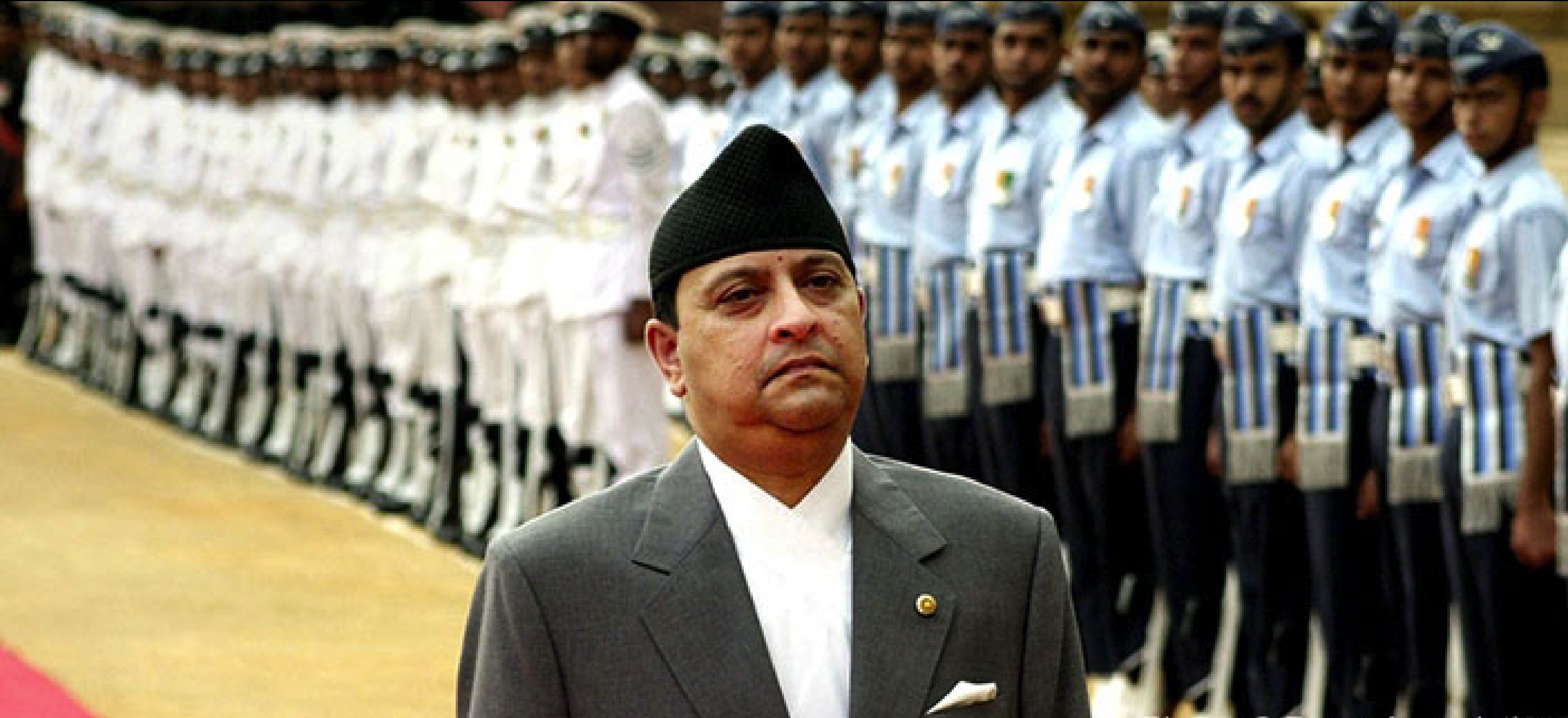Nepal at a Crossroads: Army Convoy Sparks Fresh Debate on Monarchy and Democracy

On the morning of September 11, 2025, around 40 to 50 armed Nepal Army vehicles rolled through the streets of Kathmandu, pushing the country into yet another moment of political uncertainty. While the display was framed as a security measure, it stirred a society already searching for a political way out. With the capital effectively under military control, the visible show of force opened new debates about Nepal’s fragile democratic future.
Just days earlier, Army Chief Ashokraj Sigdel had addressed the nation and met with controversial medical entrepreneur Durga Prasai. What caught the public eye was not the content of the meeting but the background—a framed portrait of King Prithvi Narayan Shah, the 18th-century founder of modern Nepal. Indian news outlet India Today ran the photo under the headline: “Hindu king's portrait behind Nepal Army chief. Is there a message?” The symbolism was quickly seized upon by monarchist voices, interpreting it as a signal toward restoring a constitutional monarchy.
Following Thursday’s heavy military presence on the streets, five sensitive demands resurfaced in public discourse: reinstating the monarchy, introducing a directly elected prime minister, redefining the Nepal Army as a “democratic army,” recalling the 1990 constitution, and scrapping federalism. These issues are now being hotly debated everywhere—from social media feeds to tea stalls—while some interpret the moment as preparation for an interim political model.
Adding fuel to the debate, discussions have emerged around presenting former King Gyanendra Shah’s grandson, Hridayendra Shah, as a “Gen-Z King.” Nepal’s youngest generation, widely referred to as Gen-Z, has been leading mass protests under anti-corruption and anti-establishment slogans. While many of them say they are fighting to safeguard democratic rights, critics argue that forces opposed to federalism and the current constitution have hijacked the movement. This tension has given rise to what commentators now call the “Gen-Z Crisis”: young protesters demanding change but lacking unity on what that change should look like.
Political parties remain indecisive, President Ram Chandra Paudel has stayed largely silent during the government formation process, and only the Army has projected visible strength. Civil society groups and major protest leaders, however, continue to insist that any solution must remain within constitutional boundaries.
Whether this convergence of street protests, military posturing, and rising monarchist voices leads Nepal toward a new constitutional path or drags it back to echoes of the 1990 order remains uncertain. For now, all eyes are fixed on the Army barracks and the presidential residence at Sheetal Niwas, waiting for the next move.




![From Kathmandu to the World: How Excel Students Are Winning Big [Admission Open]](https://nepalaaja.com/img/70194/medium/excel-college-info-eng-nep-2342.jpg)
